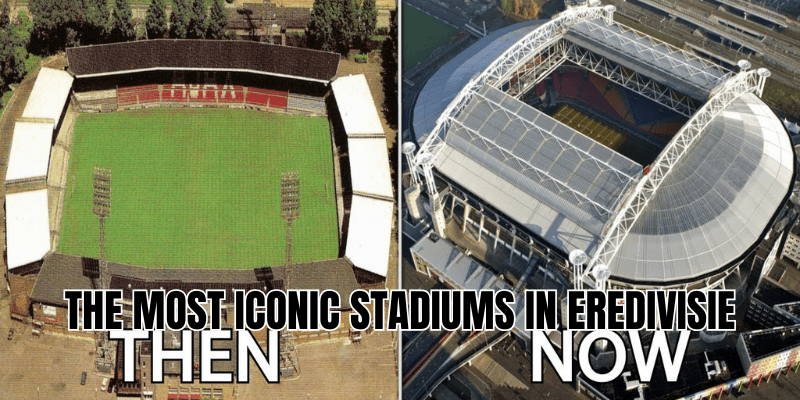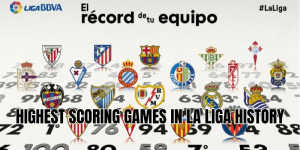When you close your eyes and imagine Dutch football, chances are you picture the roar of tens of thousands, the sea of club colors, and the pitch glistening under floodlights. The most iconic stadiums in Eredivisie are not just concrete and seats — they are theatres of dreams, historical landmarks, and holy ground for supporters. In this article, DaoKick will guide you through those arenas that embody the soul of Dutch football — from timeless classic bowls to modern engineering wonders — and explain what makes each unforgettable.
A Snapshot of Eredivisie Stadiums
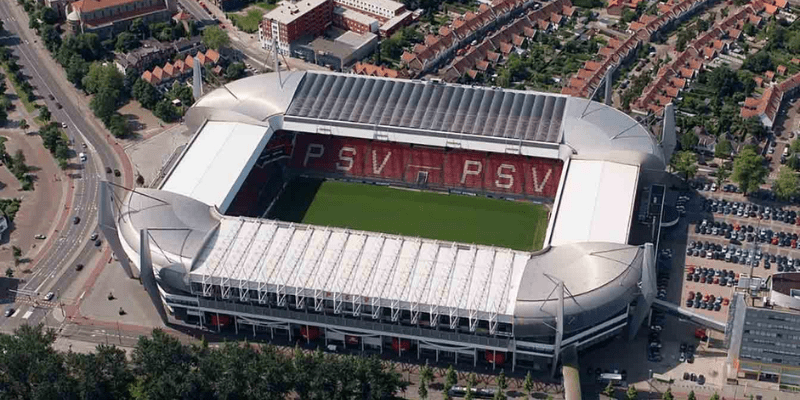
Before diving into legends, let’s set the stage. The Eredivisie comprises 18 teams, and their home grounds range. (Stadium lists show capacities and facilities across clubs.)
Ranking by size alone, you’ll find that the top-tier grounds include Johan Cruyff Arena (55,865 seats), De Kuip (51,117), and then Philips Stadion (~35,119) among others. (A full capacity list of Dutch stadiums confirms these numbers.)
But iconic status isn’t just about capacity — it’s about history, atmosphere, architecture, and legacy.
The Legends: Top Stadiums That Define Dutch Football
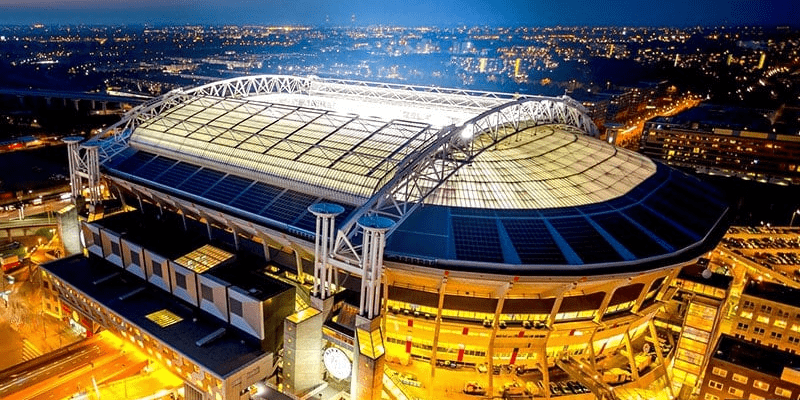
Here are the stadiums that rise above the rest when you talk about the most iconic stadiums in Eredivisie:
Johan Cruyff Arena (Amsterdam)
Arguably the modern crown jewel of Dutch stadia. Formerly known as Amsterdam Arena, it is not only Ajax’s fortress but also regularly hosts the Dutch national team and major events. Its retractable roof, advanced architecture, and massive capacity make it a modern marvel. During Euro tournaments and UEFA finals, the Arena showcases its prestige on the continental stage.
De Kuip (Rotterdam)
If Dutch football has a spiritual home, De Kuip is it. As Feyenoord’s legendary ground, this stadium carries history in every steel beam and echoing chant. Since its opening in 1937, De Kuip has hosted countless national finals, European showdowns, and served as the main venue for the Netherlands national team. Its distinctive bowl shape and intense atmosphere on big nights make it a living monument.
Philips Stadion (Eindhoven)
Home to PSV Eindhoven, this stadium blends tradition and modernism. While not as large as the top two, Philips Stadion has hosted UEFA competitions and major Dutch matches, boasting strong sightlines, passionate support, and upgrades that keep it in the top echelon of club grounds.
De Grolsch Veste (Enschede)
This is one of those stadiums where intimacy meets modern design. Home to FC Twente, De Grolsch Veste has steep stands, a clear pitch view, and has been expanded thoughtfully over time. Despite a tragic roof collapse during construction in 2011, it has rebounded to become one of the more admired mid-sized grounds in the league.
Stadion Galgenwaard (Utrecht)
What makes Galgenwaard unique is not just capacity, but its architectural quirk: in its 2000s renovation, a main stand was physically moved to the opposite end of the pitch — a first in Dutch stadium redevelopment. FC Utrecht’s fans pack the four stands close to the field, creating an energetic and personal matchday experience.
GelreDome (Arnhem)
A technological triumph: retractable roof, movable pitch, event-ready infrastructure. Home of Vitesse, the GelreDome is one of the few Dutch stadiums that can host concerts and big indoor events while still serving as a top-flight football venue. It hosted Euro 2000 matches and continues to dominate in versatility and fan experience.
Why These Stadiums Matter
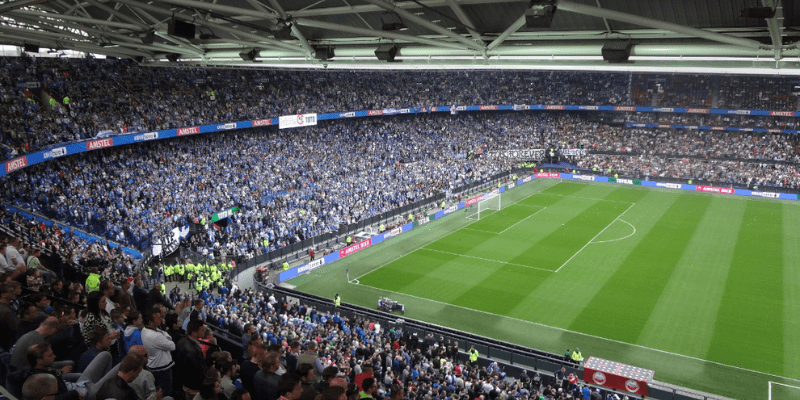
What makes a stadium iconic? Several dimensions:
- Historical significance: De Kuip’s decades of hosting finals and national games give it gravitas few others can match.
- Architectural innovation: Johan Cruyff Arena’s modern design; GelreDome’s sliding pitch; Galgenwaard’s moved stand — these features stand out.
- Atmospheric power: On a big night, the roar at De Kuip or the faithful chorus at Philips Stadion can leave you breathless.
- Cultural identity: Each ground is woven into its city’s and club’s identity — Ajax and Amsterdam; Feyenoord and Rotterdam; PSV and Eindhoven.
- Continental pedigree: Hosting European finals, international fixtures, and tournaments further cements a stadium’s legendary status.
Other Noteworthy Venues
Even beyond the marquee names, many Eredivisie stadiums carry stories worth telling:
- Abe Lenstra Stadion (Heerenveen): Named for a local legend, this ground offers scenic surroundings and warm atmospheres in northern Netherlands.
- Euroborg (Groningen): A modern multi-use stadium with retail, leisure facilities, and good connectivity.
- AFAS Stadion (Alkmaar): Home of AZ, this stadium is modern, functional, and increasingly important as AZ grows in stature.
- Het Kasteel (Sparta Rotterdam): One of the most characterful small grounds in the league, with concrete stands and an old-school feel.
While these may not always top “most iconic” lists, they contribute to the tapestry of Eredivisie tradition and deserve a mention.
How They Compare Across Eras
Let’s contrast a few:
| Stadium | Era / Opening | Modern Upgrades | Iconic Feature |
| De Kuip | 1937 | Major renovation in 1999 | Legendary matches, intense bowl shape |
| Johan Cruyff Arena | 1996 | Roof, expansion, international hosting | Largest capacities, national fixtures |
| GelreDome | 1998 | Retractable roof & pitch | Concerts + football versatility |
| Galgenwaard | Early 20th century version; rebuilt 2003 | Stand relocation | One-of-a-kind architectural move |
| Philips Stadion | Over century old with multiple rebuilds | Modern stands, enclosed corners | Strong support, European nights |
Through time, Dutch clubs have balanced modernization and heritage. Some grounds evolved; others were rebuilt entirely — but the key is that the legends live on.
Visiting and Experiencing the Iconic Grounds
If you plan a stadium pilgrimage in the Netherlands, here’s how to get the most out of these iconic arenas:
- Book guided tours: Clubs like Ajax, Feyenoord, PSV, Utrecht and Vitesse offer behind-the-scenes visits, museum access, and pitch walks.
- Attend a big match: The energy level — derbies, European nights — is a must to truly feel the venue’s soul.
- Match the city vibe: Amsterdam, Rotterdam, Utrecht each have distinct culture. Pair the stadium visit with local exploration.
- Watch renovations and future plans: Many clubs are discussing upgrades or replacements, meaning the “most iconic stadiums in Eredivisie” list may evolve.
- Check fixture timing: Evening matches bring out lighting and acoustic magic; weekend games expand fan presence.
Final Thoughts
The most iconic stadiums in Eredivisie are more than places where matches are played — they are hallowed arenas that echo with history, identity, and emotion.
If you’re a fan planning a Dutch stadium road trip or simply eager to immerse yourself in Eredivisie lore, start with these legends. And if you’d like a map, tour tips, or a custom stadium guide, DaoKick is ready to help — just ask.
